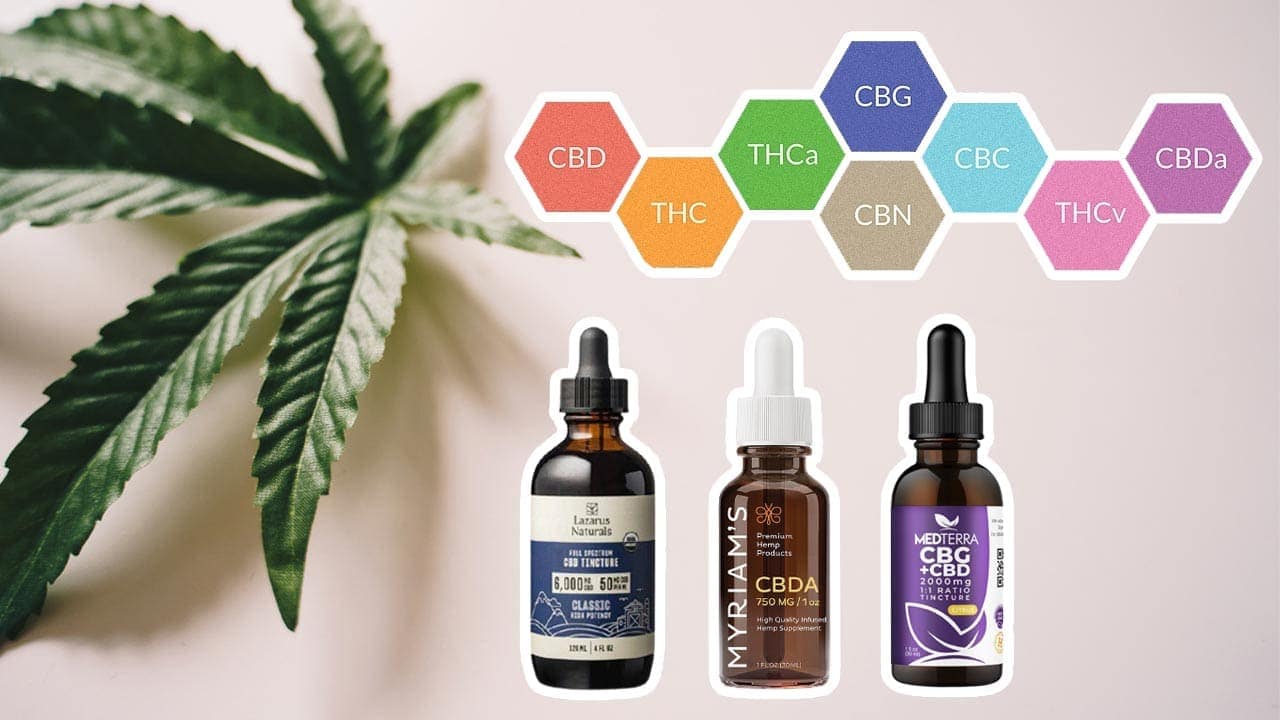Cannabidiolic acid (CBDA) is a cannabinoid present in cannabis plants. It is particularly prevalent in the glandular trichomes in female seedless flowers, or infructescence, commonly known as buds.
Cannabidiolic acid (CBDA) is the chemical precursor to CBD in cannabis plants. It undergoes decarboxylation when smoked or processed, which converts it into CBD.
It can be consumed orally, in tinctures, raw cannabis juice, and topical creams. You can also find it in edibles, such as gummies. But what are the differences between CBDA and CBD? Let’s find out.
What is CBDA?
CBDA is a cannabinoid that’s a precursor to CBD. It’s a little-known cannabinoid that has been getting some attention in the medical community for its potential as a therapeutic agent.
Hemp plants secrete CBDA and THCA (cannabigerolic acid) into their stems, leaves, and flowers. When the hemp plant is activated by heat or sunlight, the acid is removed from the CBDA, transforming it into the more common CBD form.
Its bioactive properties also include an anti-inflammatory and a neurotransmitter called anandamide, often called the “neurotransmitter of bliss.” In addition, CBDA inhibits COX-1 and COX-2 enzymes involved in pain and inflammation pathways in the body.
What is CBDA used for?
CBDA is a cannabinoid in cannabis plant stems, leaves, and flowers. However, after being exposed to heat and sunlight, it turns into CBD.
One of the differences between CBDA and CBD, CBDA offers many benefits. For example, studies have shown that it can treat anxiety, reduce pain, and help with sleep.
It has also been demonstrated to help lower inflammation and suppress cancer cell proliferation. However, research is still in its early phases; more research is required to determine the long-term effects on human health.
Scientists found that CBDA is a COX-2 inhibitor similar to nonsteroidal anti-inflammatory drugs (NSAIDs). It makes it beneficial for reducing inflammation and pain and can also help treat nausea and vomiting caused by chemotherapy.
What is CBDA suitable for?
CBDA (pronounced cannabidiolic acid) is a non-psychoactive cannabis compound precursor to CBD. When a cannabis plant is cut and dried, it will produce this acidic cannabinoid and then heat it in decarboxylation to convert it into CBD.
In laboratory studies, CBDA has shown promise in reducing inflammation. It inhibits an enzyme called COX-2, which triggers the production of pro-inflammatory compounds like prostaglandins.
It may help alleviate joint pain and improve intestinal function. It’s also been more effective than ibuprofen and aspirin in reducing inflammation in mice.
It may also have anti-cancer effects. For example, early research suggests that CBDA can halt cancer cell migration, which could stop cancer from spreading to other body parts.
What is CBD?
CBD is a chemical present in cannabis plants. It works with your body’s natural endocannabinoid system to help regulate several bodily functions.
It’s also used to treat pain and inflammation in the body. In addition, it can help reduce anxiety and improve sleep.
Besides being used for these and other ailments, CBD has been found to have strong scientific evidence that it can help treat some seizure disorders.
It’s important to understand that many different products with varying amounts of CBD are available on the market.









